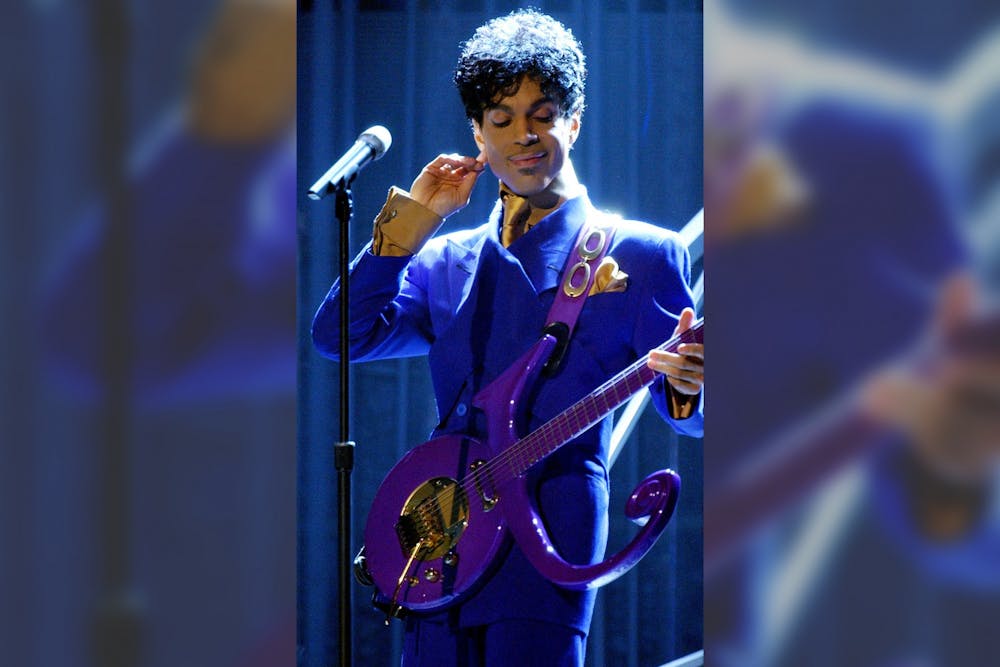I've never cared much for fashion, but every day it seems to make headlines. Not to say I have any disdain for it — it's just never been my thing.
This new wave of fashion trends is different. We're seeing more men wearing skirts and dresses and more women wearing tuxedos and ties. Clothes have become less gender specific. But before we praise this movement, we have to consider how this trend started.
Clothes have been traditionally gendered, and it seems like something innate to society. A person's outfit is seemingly a clear indicator of their person. From a glance, you could seemingly guess one's occupation, whether or not they're wealthy and, of course, their gender. This doesn't mean one's guess is always correct, though.
Clothing being tied to demographics like wealth and occupation is an old practice stemming from the Middle Ages, but slowly we've seen aspects of this practice fall from favor. Now, the extremely wealthy don't necessarily dress adorned in jewels and silks. Billionaire Bill Gates still wears a $10 watch. On the other end of the spectrum, I know plenty of broke college students who wear the latest Air Jordans.
People no longer dress according to their wealth, yet the gendered aspect of fashion can still remain. Some people still insist men shouldn't wear pink, or women shouldn't wear pantsuits.
One community comes to mind that would disregard these expectations.
Naturally, certain scenes in the LGBTQ community would blur the line, especially with Ball culture. Ball culture essentially describes fashion shows in the LGBTQ community where a model's gender is irrelevant to their performance. People, mostly Black people and other people of color, would regularly dress in flashy ensembles and try to impress each other with their outfits. Men would regularly dress as women and vice versa.
While having been around since the 1920s, Ball culture really gained popularity in the 1970s. Aspects of the scene would leak into popular cultures, like "vogueing," but a few key names really become widely known.
One of the first examples of this androgynous fashion trend to gain widespread popularity was the actress, singer and model Grace Jones in the '70s. Most other celebrities at the time would neatly conform into one style of dress, but Jones was decidedly ambiguous and chose to keep her androgynous appearance. This was something that people were attracted to and she later had a very successful career in film and modeling.
Another Black artist who publicly and proudly ignored gender norms in fashion was Prince. He was incredibly popular, both for his inspired and genre-defining music that sold over 100 million records, but also his appearance. He never shied away from garments and colors originally thought to be effeminate and welcomed the attention it gave him. Regardless of appearance, his music was on all the radio stations and, to this day, it'll be hard to find someone who hasn't heard a song from him.
More recently, we can trace today's popularity of androgynous fashion of these trends back to Black people. ASAP Rocky made waves when he made a name for himself being a rapper that rejected popular streetwear in favor of brightly colored robes.
While there were definitely white artists who defied a traditional wardrobe, these Black artists seem to predate, or at least, coincide with them. Their impact can't be forgotten when we see the new high-fashion trends like men wearing headscarves or women wearing tuxedos. In conversations about fashion, there's more often talk of white artists like David Bowie or Elton John being iconic for effacing gender norms with their outfits but comparatively little praise of Black artists. Even today, white artists like Harry Styles are getting more attention for something Black artists have done for ages.
I think Styles' fashion choices are great, personally. I applaud anyone and everyone who might feel inspired and follow suit — pun intended, but I hope they don't forget who started this trend.






